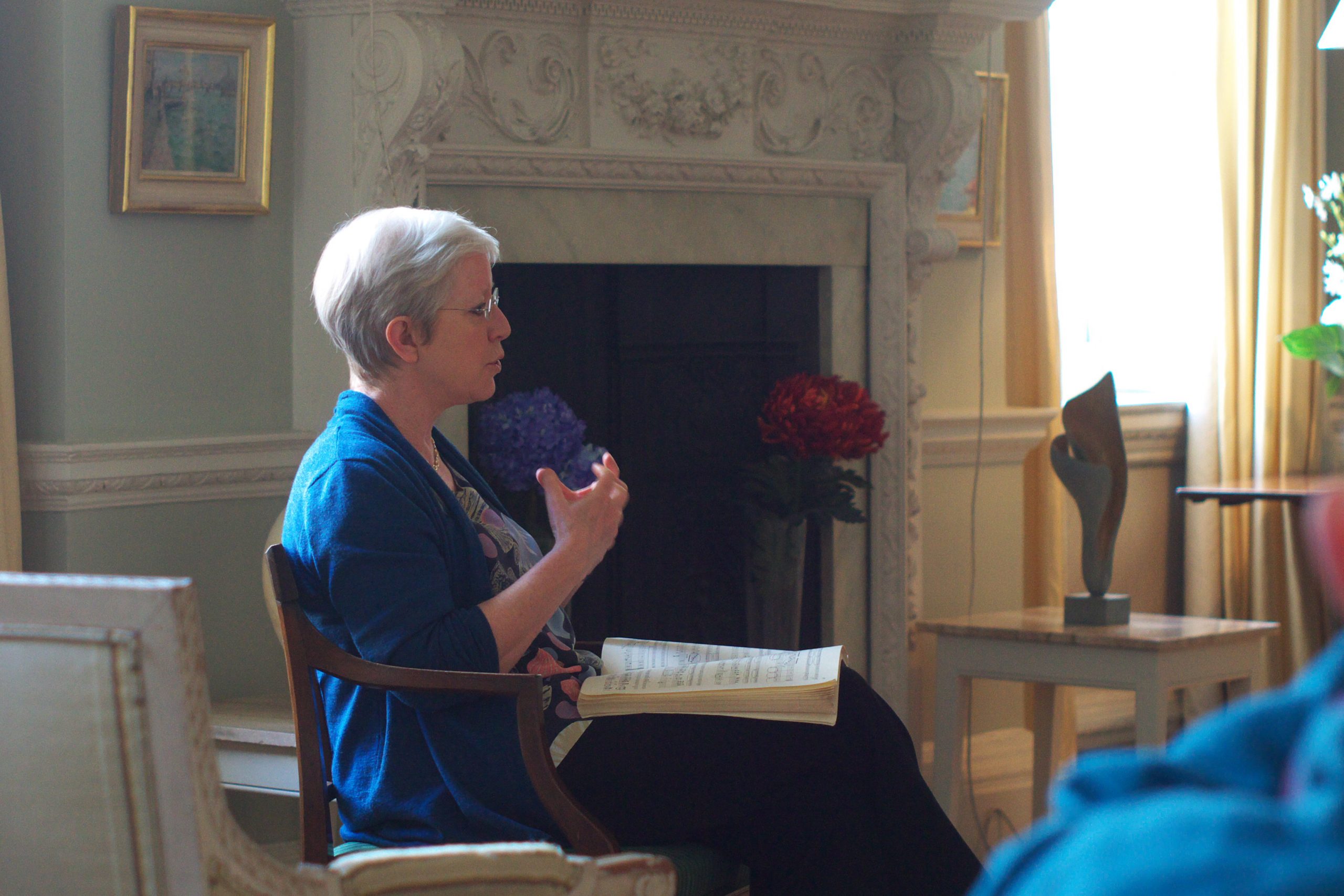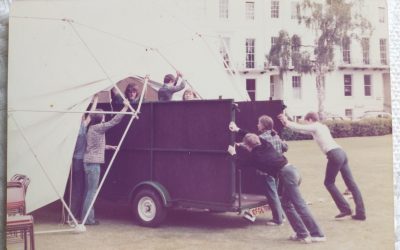 I haven’t yet seen the movie ‘LaLa Land’ (it doesn’t open in the UK until tomorrow). But I enjoyed hearing BBC Radio 4’s ‘Today’ item this morning on how Ryan Gosling, who plays a struggling jazz musician in the film, learned to play the piano for it. He does all the piano playing in the film, and you only need to google ‘Ryan Gosling piano playing’ to see how adorable everyone finds it.
I haven’t yet seen the movie ‘LaLa Land’ (it doesn’t open in the UK until tomorrow). But I enjoyed hearing BBC Radio 4’s ‘Today’ item this morning on how Ryan Gosling, who plays a struggling jazz musician in the film, learned to play the piano for it. He does all the piano playing in the film, and you only need to google ‘Ryan Gosling piano playing’ to see how adorable everyone finds it.
The woman who taught him described how they worked together two hours a day, five days a week (I think) over a period of months. She admitted that he had largely been spared the drudgery of scales and arpeggios. I was intrigued that learning to read music was not mentioned. According to his teacher he is ‘a musical guy’ and was able to make excellent progress being taught by ear, or so I seemed to gather.
In the BBC studio, another piano teacher swiftly showed one of the presenters how to play one of the stirring themes from Tchaikovsky’s ‘Swan Lake’ (familiar to many from the film ‘Billy Elliott’). He pointed out that there were just two simple hand positions required, and much of the theme could be played within one hand position. She grasped the principle straight away, and obviously being musical herself, was able to copy the teacher beautifully.
‘Perhaps that is how all piano teaching should be’, I mused. How many people have told me over the years that they gave up because they hated the daily drudgery of scales and arpeggios!
But there’s a reason why piano technique has to be acquired slowly and securely, and why aspiring classical pianists need to learn to read music – it’s because of the repertoire. Piano music is some of the most glorious music we have, but much of it is very complex. Only an exceptionally gifted person could hope to learn it by ear. Moreover, nobody without a very solid technique could hope to play the best of Bach, Beethoven and Schubert. In other words there’s a relationship between the length of time taken to master a) notation and b) the instrument, and the richness of the music that slowly moves within your grasp.
Jazz is a different matter because there is a long tradition of learning to play by ear, and most jazz is improvised. There are great jazz pianists with techniques equal to anything in any genre. But with a simple technique you can still join in and play something. Nobody has prescribed what notes you must play. It’s very different to classical music.
After listening to the Today programme, I enjoyed a brief vision of teaching my students entirely by ear. But just a moment’s consideration showed me that such a method wouldn’t, alas, enable them to tackle the great piano pieces they long to play.




This post really stikes home for me! I have been roped into being the music teacher at my local school. I’m a very experienced primary teacher and that part of the job has been a pleasure. Less pleasurable has been teaching secondary music – the students are almost entirely unfamiliar with playing any instrument and they have little interest in learning to read notes or identify notes on a keyboard. How to go about it? It seems that most people expect instant gratification nowadays. The keyboard has become my great friend over the years and when annoying little teenagers belittle it or act as if it’s unimportant then I want to tell them that, no, you’re wrong. Alas, they’re already reaching with their sweaty little hands for their mobiles to whatsapp the person who is sat right beside them.
Ryan Gosling plays jazz guitar. He has a band. So he wasn’t starting from zero so to speak…
Good point, Tracy. That must have been a huge help.